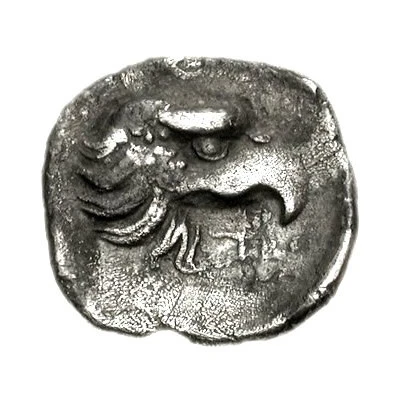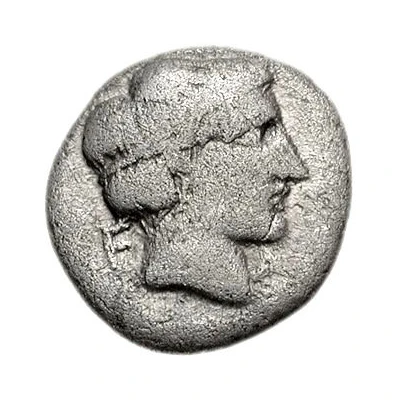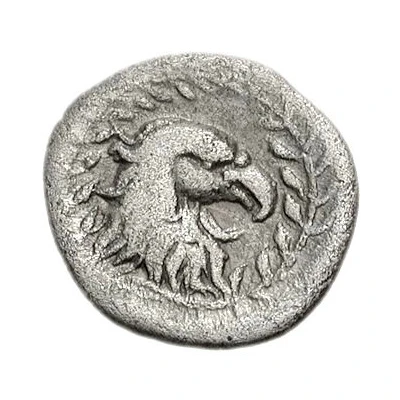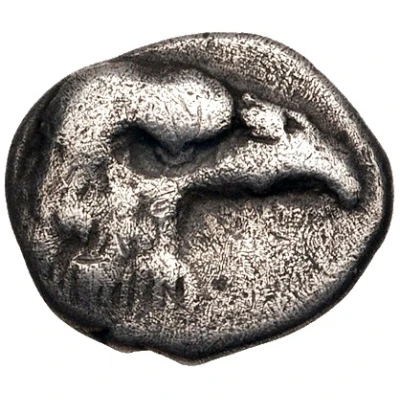
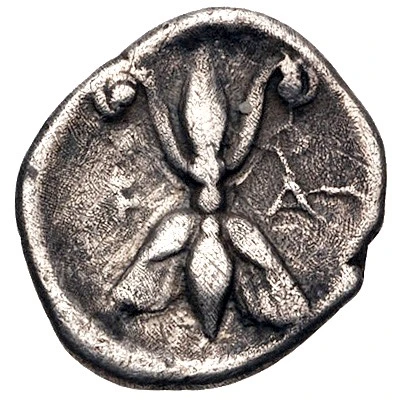

© Classical Numismatic Group, Inc.
Obol - 97th-100th Olympiad 392 BC - 380 BC
| Silver | 0.96 g | 12.0 mm |
| Issuer | Olympia (Elis) |
|---|---|
| Type | Standard circulation coin |
| Years | 392 BC - 380 BC |
| Value | Obol (⅙) |
| Currency | Drachm |
| Composition | Silver |
| Weight | 0.96 g |
| Diameter | 12.0 mm |
| Shape | Round (irregular) |
| Technique | Hammered |
| Demonetized | Yes |
| Updated | 2024-10-10 |
| Numista | N#177766 |
|---|---|
| Rarity index | 100% |
Reverse
Thunderbolt with volutes above and wings below
Script: Greek
Interesting fact
The Obol coin was used as a form of payment for ancient Greek athletes who participated in the Olympic Games. The coin was valued at one-sixth of a drachma, which was the standard unit of currency in ancient Greece. The Obol coin was specifically designed to be used as a prize for the winners of the Olympic Games, and it featured an image of Zeus, the king of the gods, on one side, and a depiction of the Olympic Games on the other. The use of the Obol coin as a prize for athletes continued for many centuries, until the Olympic Games were abolished in 393 AD.

